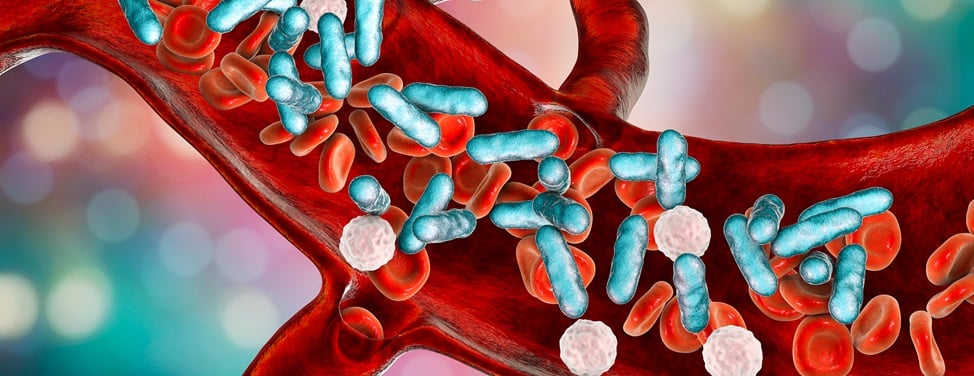The guidelines below are used at UCSF Benioff Children’s Hospital Oakland and are provided only as a reference.*
To transfer a patient to UCSF Benioff Children's Hospitals, call the Pediatric Access Center at (877) 822-4453.
Time Zero**
- Concern for shock: Besides fever, tachycardia, and hypotension, some patients present initially only with altered mental status and decreased perfusion (delayed or flash capillary refill – REFER TO RAPID SEPSIS ASSESSMENT TOOL)
- Call Medstat
- Place oxygen on all patients
- Initiate attempts at IV access and lab testing. OK to use Broviac/central line: (POC tests-blood gas, glucose, lytes, lactate. Also CBC, chem 8, blood cultures)
- Know where IO equipment is! (Intraosseous)
0 - 15 Minutes – START!
- If no IV access by 5 minutes, consider IO!
- PUSH fluids (Isotonic crystalloid by hand over 5 minutes if possible, not on a pump, 20 ml./kg. IV, repeat until perfusion improves unless rales or hepatomegaly develop, maximum 60 ml./kg. IV.) (Fluid resuscitation will take longer than 15 minutes, but initiate here!)
- Assess point of care results and treat hypoglycemia and hypocalcemia.
- Order antibiotics and give ASAP (Goal for first dose to be in by 30 minutes!)
- Order inotropes to bedside, use if BP low and 2nd IV available, MAY give inotropes through PIV or IO.(Dopamine 5-10 mcg/kg/min or epinephrine 0.05-0.3 mcg/kg/min)
15 - 60 Minutes – REASSESS!
- Consider hydrocortisone for adrenal insufficiency! (25 mg.IV under 6 months, 50 mg.IV up to 9 years, 100 mg. IV if 10 years or older)
- Reconsider need for inotropes if not already being given.
- Reassess: A) Appropriate cultures have been drawn,
B) Antibiotics given,
Community Acquired: Ceftriaxone (50 mg./kg., max 2gm and Vancomycin) (15 mg./kg., max 1gm,
Sepsis in Oncology/BMT: Meropenam, Vancomycin, Tobramycin) (2.5 mg./kg., max 125 mg.
C) Sufficient fluid resuscitation given
1 - 4 Hours (Even if not yet in PICU)
If blood pressure is not normalized, tachycardia is not resolved, or still needs inotropes;
- Consider need for more fluid boluses (up to 200 ml./kg.) .
- Consider adjusting inotropes upwards or adding vasopressors (norepinephrine or vasopressin).
- May need blood transfusion. (Surviving Sepsis Guidelines suggests goal Hgb 10)
- Consider pericardial effusion, pneumothorax, and increased intra-abdominal pressure. Treat if found.
- May require central line for access and/or monitoring.
- Consider repeat POC blood gas with lytes and glucose.
* Based on Surviving Sepsis Campaign Guidelines: Critical Care Med 2013; 41:580-637; www.survivingsepsis.org.
** Time zero is the first point at which anyone considers that a child might be severely septic. Other times are given as ranges with the idea that every point will have been initiated, or at least considered, by the end of the time frame.
































